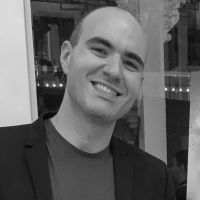Twin Peaks: The Essential Mythology Episodes
We map out all the episodes that reveal the dark and terrifying world hidden beneath Twin Peaks quirky exterior.
Note: This article contains spoilers for the entire Twin Peaks series.
Twin Peaks is remembered for coffee and cherry pie. That’s fine and dandy; it’s an easy pop culture touchstone, a representation of the series quirkier side. While that side is important to the series and was the biggest contributor to its initial success, it’s the darker world of Twin Peaks that has sustained it through the original series’ cancellation all the way to the new third season. This is the stuff that excites the hardcore Twin Peaks fans.
This dark side of Twin Peaks features a vastly complicated mythology that is heavily open to interpretation. The killer BOB and Mike. The White and Black Lodges. The Man From Another Place. Doppelgangers. The Red Room. David Bowie in a tea pot.
No one can quite agree on what it all means. A literal reading of it opens the door to supernatural forces at work. An evil spirit has possessed Leland and forced him to rape and murder his own daughter.
A more interpretative reading makes this less a world defined by evil spirits but one of allegory. BOB is only a representation of the “evil men do.” He is not a literal spirit but a way for Laura to process the horror she’s gone through.
Some may say it’s better to leave it ambiguous and prefer to focus on the imagery of places like the Red Room. Others want to nail down exactly how the Red Room works; mapping out the twists and turns Cooper takes. This article isn’t about defining the mythology of Twin Peaks, but merely serving as a guide to those episodes where it’s most prevalent.
With that said, some of these episode suggestions only contain a scene or two that reference the mythology. When those are included, it’s because they’re extremely important. Now let’s pull back the curtain and step into the Red Room, shall we?
Note: This uses the episode order found on the DVDs and Blu-Rays for the first two original seasons So it goes the Pilot then episode one, with the final episode being episode twenty nine. Then for season tree we use the given episode part numbers.
Episode 2: Zen, or the Skill to Catch a Killer
While the previous episode had a brief flash of BOB, this is the episode where the mythology really kicks off. This is the one with Cooper’s famous dream, which was repurposed from the ending European pilot. It’s here we’re introduced to the power of dreams, the Man From Another Place, the Red Room, and the significance of the phrase, “fire walk with me”. At this stage of this show, we can only assume this is Cooper’s subconscious trying to work out the complexity of Laura Palmer’s death.
BOB, as presented here, could merely be representative of the faceless killer Cooper has yet to identify. All of these elements that seem disparate soon become critical and more rigidly defined as the series went on.
Episode 13: Demons
Yep, it takes this long to get back to the mythology. (The Giant appearance in the season two premiere is otherworldy, but doesn’t tell us much.) You can actually start seeing the ratings go down for the show as more of these supernatural elements were introduced. As appealing as they are to hardcore fans, the general public probably just wanted more cherry pie and wacky Log Lady antics.
Still, the closing scene of this episode is chilling and proves that Cooper’s dream was more then just his subconscious. Mike and BOB are spirits, inhabiting people for their own purposes. It can also retroactively assume that the “house of wood” Mike describes here is actually the Black Lodge. A house with many rooms, a different soul in each one? Go watch the last episode of the series and it isn’t hard to make the connection.
Mike’s speech also brings a religious side to whole thing. Few can see BOB, only, “the gifted and the damned.” Throw in the talk about seeing the face of god and these could very easily be angels or demons. Or perhaps, that’s the only way we can understand them.
Episode 16: Arbitrary Law
It’s tempting to focus on the climatic scene of this episode, where BOB is finally revealed, for all the clues and you wouldn’t be blamed for it. After all, it’s the only time we get more than a few words from BOB and we learn more about how the possession works.
It’s the final scene however that gives the audience the most to chew on. Cooper, Albert, Truman, and Briggs all try to make sense of what BOB is. Cooper seems to fall on the side of him being real. Truman can’t believe it, he can only imagine Leland was completely insane. Cooper comes back at him with the hardest question the show ever asks,
“Is it easier to believe a man would rape and murder his own daughter?”
This is where the more interpretive reading of the show comes in, that BOB is only there to disguise the real and true horror of Twin Peaks. It isn’t some spirit or supernatural or force, as Albert sums up,
“Maybe that’s all BOB is. The evil that men do.”
It’s the best way of trying to make any reasonable sense out of what they’ve just seen. That BOB isn’t a spirit but just a representation, an idea given form in an insane man’s head. It’s Briggs however that takes a more middle of the road view, not committing to either side,
“There is more in heaven and earth then is dreamt of in our philosophy.”
Any supernatural forces at work are well beyond our comprehension. There’s so much out there that we haven’t even scratched the surface on. The characters will all need to find a new way of looking at reality if they’re going to possibly confront these forces, whether they be literal spirits or just “the evil men do”.
Episode 17: Dispute Between Brothers
This episode is mostly setting up elements that will pay off later in the series. In the brief conversation between Cooper and Briggs, we learn a bit about how fighting the “forces of evil in the world” may work.
“It is some men’s fate to face great darkness. We each choose how to react. If the choice is fear, then we become vulnerable to darkness.”
This helps to give a bit of context to the somewhat confusing final episode and any bit of help deciphering that insanity is welcome. We also get our first mention of the Lodge’s; here it’s the White. We learn nothing about it, except its name and that it may have something to do with “certain gifts” Cooper has.
When a light, possibly the White Lodge itself, takes Briggs there is a figure standing there. What is it? Is it a being, like BOB, from the White Lodge?
Episode 18: Masked Ball
The scene between Cooper and Hawk expands on what Briggs outlined in the previous episode. That the White Lodge is, “a place where the spirits that rule man and nature here reside.” Considering Briggs mentioned heaven back in episode sixteen, it isn’t totally off to think that the White Lodge could be some interpretation of that. Then comes the bigger bombshell that turns the concept of the Lodge on its head, the Black Lodge.
Hawk describes it as the shadow self of the White Lodge. When one passes through there you will meet your own shadow self and, “if you confront the Black Lodge with imperfect courage, it will utterly annihilate your soul.”
Like Briggs’ speech, these are helpful clues for interpreting the final episode. The existences of the Lodge’s starts to call into question any notion that BOB is simply “the evil that men do”. If he’s part of these Lodge’s, he has to be something “real”, right?
Episode 26: Variations on Relations
We get some more elaboration into what the lodges contain and what sorts of spirits live there, courtesy of Windom Earle. The White Lodge is an idyllic place fueled by people’s prayers and their desire to, as Earle puts it, “do good without reason”.
Earle’s interests don’t lie there though. He is seeking the Black Lodge and it sounds like a physical place from the way he describes it. He wants to find it. It’s not a state of mind or an afterlife; it’s a place you can go to. As the series goes on these supernatural forces are becoming less and less out of reach and more attainable.
Now all of this could just be Earle’s insane rambling and none of it has a basis in the truth of the Lodge’s, but with such scant information throughout the series we have to take what we can get.
Episode 27: The Path to the Black Lodge
The spirits that reside in the Black Lodge are finally given a name, Dugpas. Earle describes them as evil incarnate. This unyielding evil, for they are evil with no reason, “allows them to access a secret place where the cultivation of evil proceeds in exponential fashion.”
Compare this to the warnings Cooper has received about confronting the Lodge with imperfect courage. Perhaps the courage to access the Black Lodge isn’t solely a “good” courage but courage of any type, good or evil.
It should also be noted that when Briggs seemingly speaks gibberish at Earle, he’s actually speaking backwards talk. Backwards talk that reveals his words to be, “that gum you like is coming back in style.”
This was of course spoken to Cooper in his first dream. Has Briggs been effected by his time in the White Lodge to the point he has some connections to it? This line was spoken by several spirits who are associated with the Black Lodge, so why would Briggs be repeating them? Do these spirits live in both lodges? Do they have doppelgangers?
The end of the episode reinforces that the Black Lodge is a place that can be physically traveled to, as Earle is able to map its location.
Episode 28: Miss Twin Peaks
This is only a small detail but it’s very important. Briggs, still suffering from the effects of Earle’s drug, manages to get out that “fear and love open the doors”. This of course refers to the Lodge’s. As we’ll see in the next episode, Earle is able to gain access with Annie’s fear of him and her love for Cooper. So how is Cooper able to get in unless he is also fearful? That would mean he has imperfect courage and would explain what happens in that episode.
Now it could be fear or love open the doors but the use of “and” is telling here. You need both.
Episode 29: Beyond Life and Death
This is the big one, the one that provides the most clues while also pushing aside a lot of what has been established about the Lodge. This episode doesn’t invalidate what we’ve learned, but it doesn’t get bogged down in the details. Instead, Cooper’s journey to the Lodge is one of symbolism and ripe for interpretation.
The Black Lodge (what was once called The Red Room) may be a physical place, as the series has now established, but that doesn’t make it any easier to understand. The whole place is filled with beings that hold special significance to Cooper. Annie. Caroline. Laura. Maddie. Leland.
Are these the souls of those people? Are they shadow selves? Doppelgangers? What do Laura’s words mean? What about the ever-changing cup of coffee Cooper is given? What do the various rooms represent?
We see the transfer of souls in the Black Lodge, which are represented by fire. Does this give some meaning to ‘fire walk with me’?
Cooper is possibly able to access the Lodge with scorched engine oil from the Log Lady’s husband who claimed, “this oil is an opening to a gateway”, Does this override the need for “love and fear”?
There’s a lot in this episode to work through and you just need to watch it for yourself in order to draw your own conclusions.
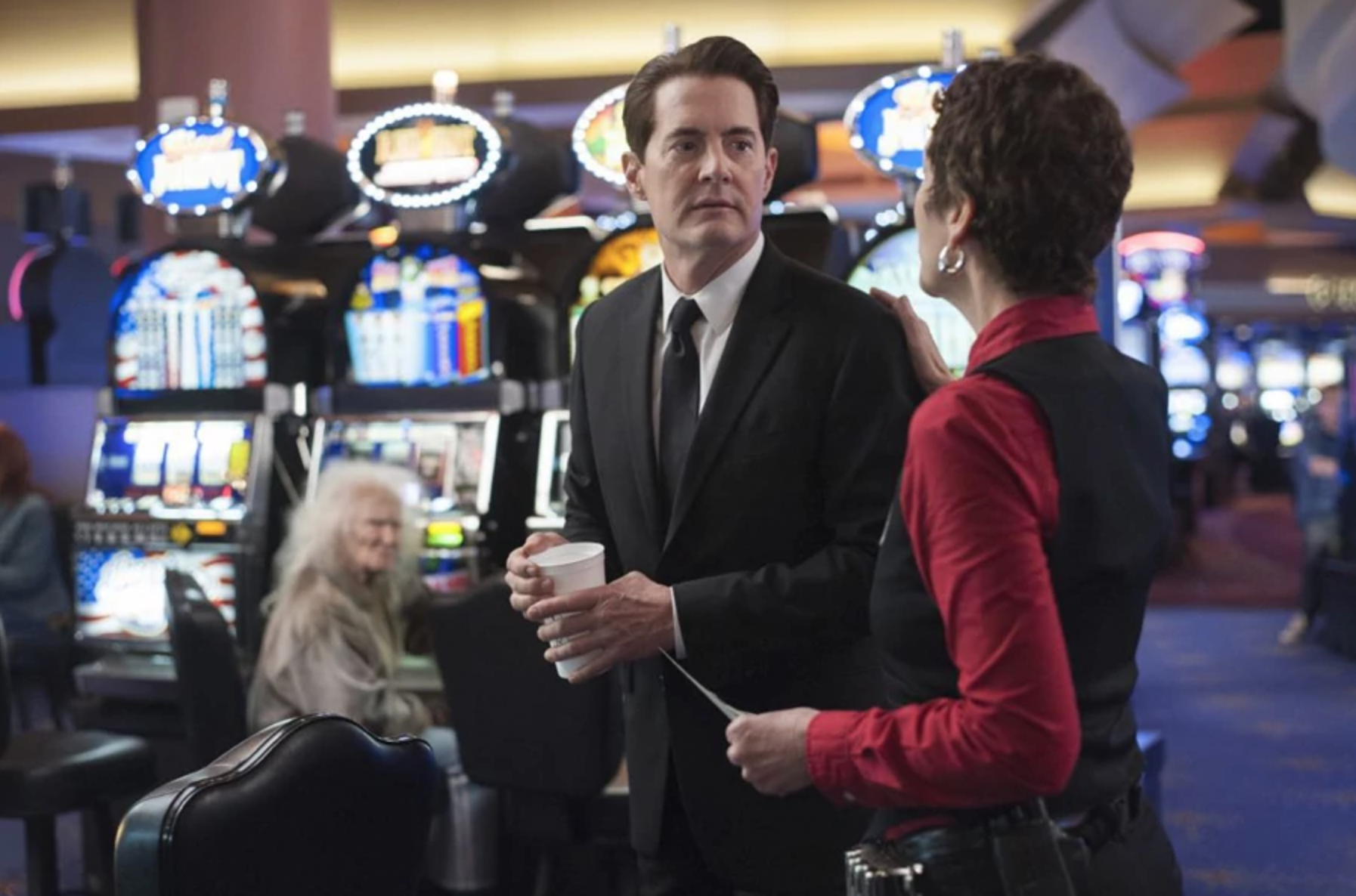
Season 3: Part 3
Cooper’s whole journey through the void juxtaposed with Cooper’s doppleganger fighting to stay in the real world is a tantalizing glimpse into the Lodge’s direct effect on its spirits that have found their way into the real world. Or is Cooper even in the lodge anymore?
The third season didn’t had much concrete knowledge about the lodges as much of the back half of season two did but it does seem to open up that strange world even more. What’s the deal with that eyeless woman? Why is Major Briggs in the void? Why does Dougie look just like Cooper? Is it another part of Cooper? Has he always existed?
It’s those first twenty minutes of the episode that really send the mind racing and if you thought the finale of the original series was tough to decipher, Lynch just topped himself.
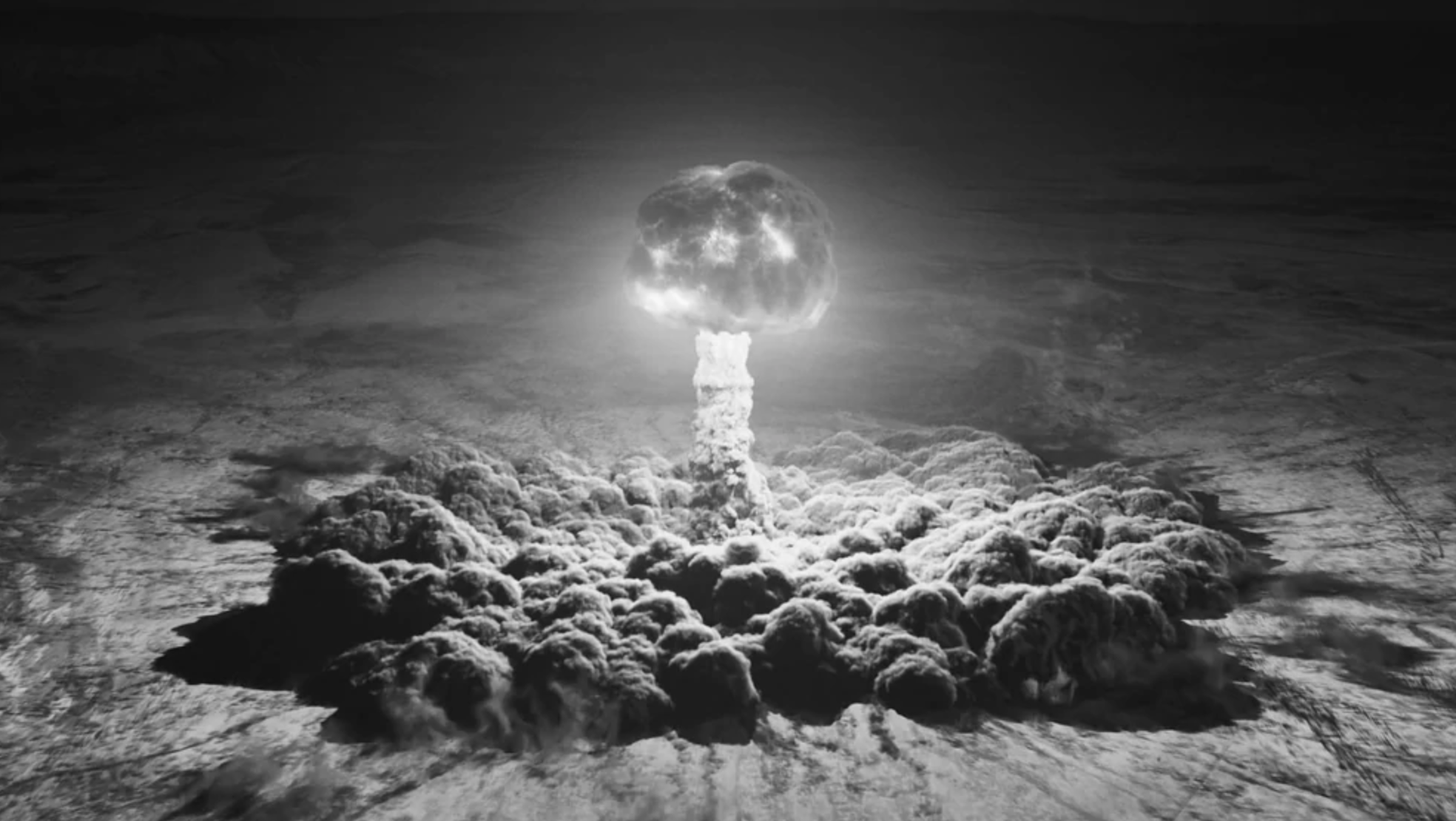
Season 3: Part 8
Well okay, here Lynch topped himself forever. Part 8 is extremely polarizing for Twin Peaks fans but if you strip away the slow pace (seriously, that bomb going off took forever) there’s a lot to chew on. Well, a lot of questions anyway. Did the bomb create BOB? What’s up with that frog moth? Was Laura created by the Giant and that woman? Were they in the Black or White Lodge? What about the Woodsman just murdering all those people?
Lots of questions with little answers but if you’re into the mythology of Twin Peaks that’s what you live for.
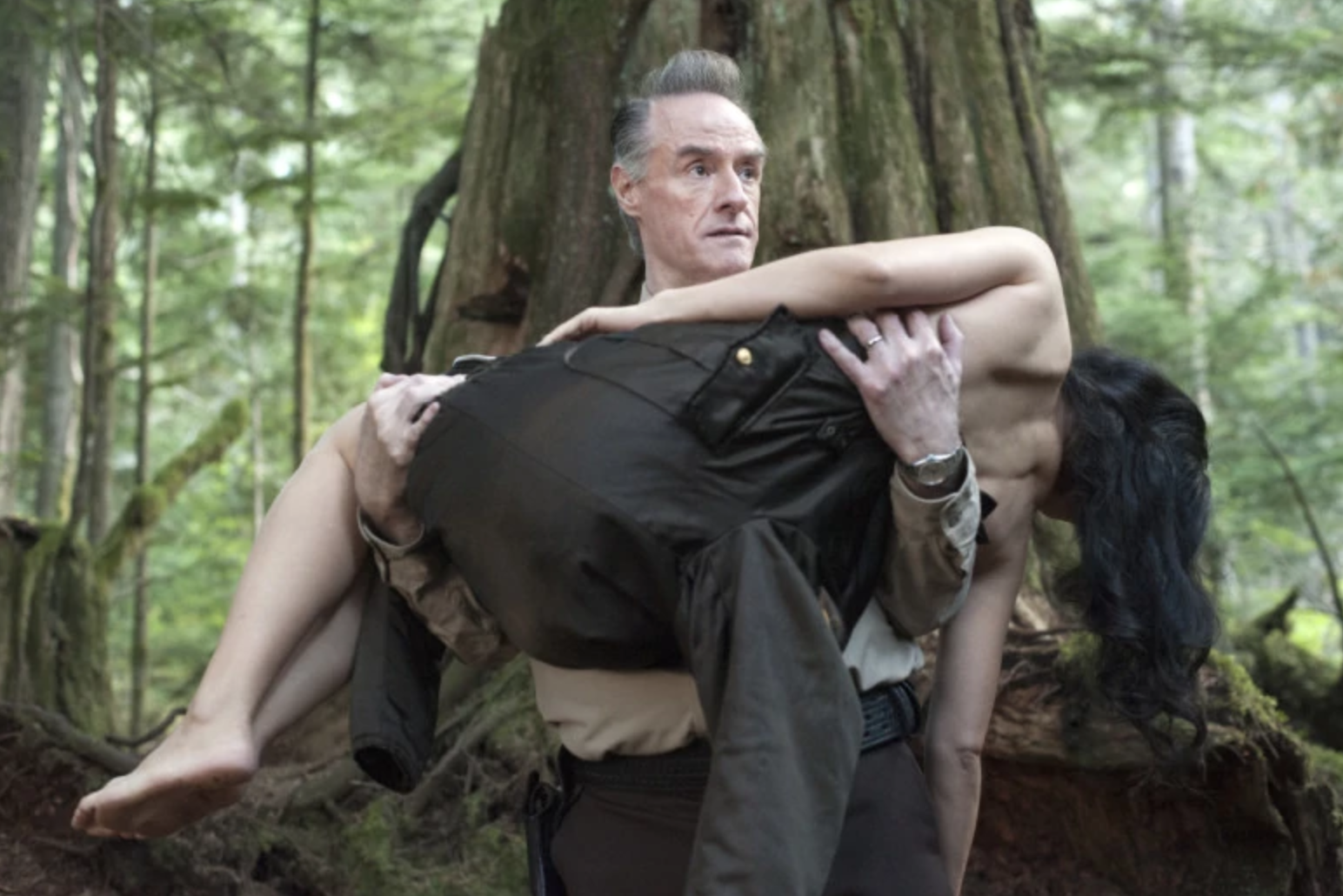
Season 3: Part 14
It’s all about what happens with Andy here. His scene with the “The Fireman” (so is it not The Giant anymore? Something different?) and his eventual rescue of that woman lead to all kinds of theories.
What about that location was so important that Major Briggs had to leave a clue about it? Does Andy now have some connection to the Lodges? What’s up with that portal? Is that somehow different than the entrance to the Black Lodge we saw in the original seasons?
Again, no answers here but more imagery to play around with.
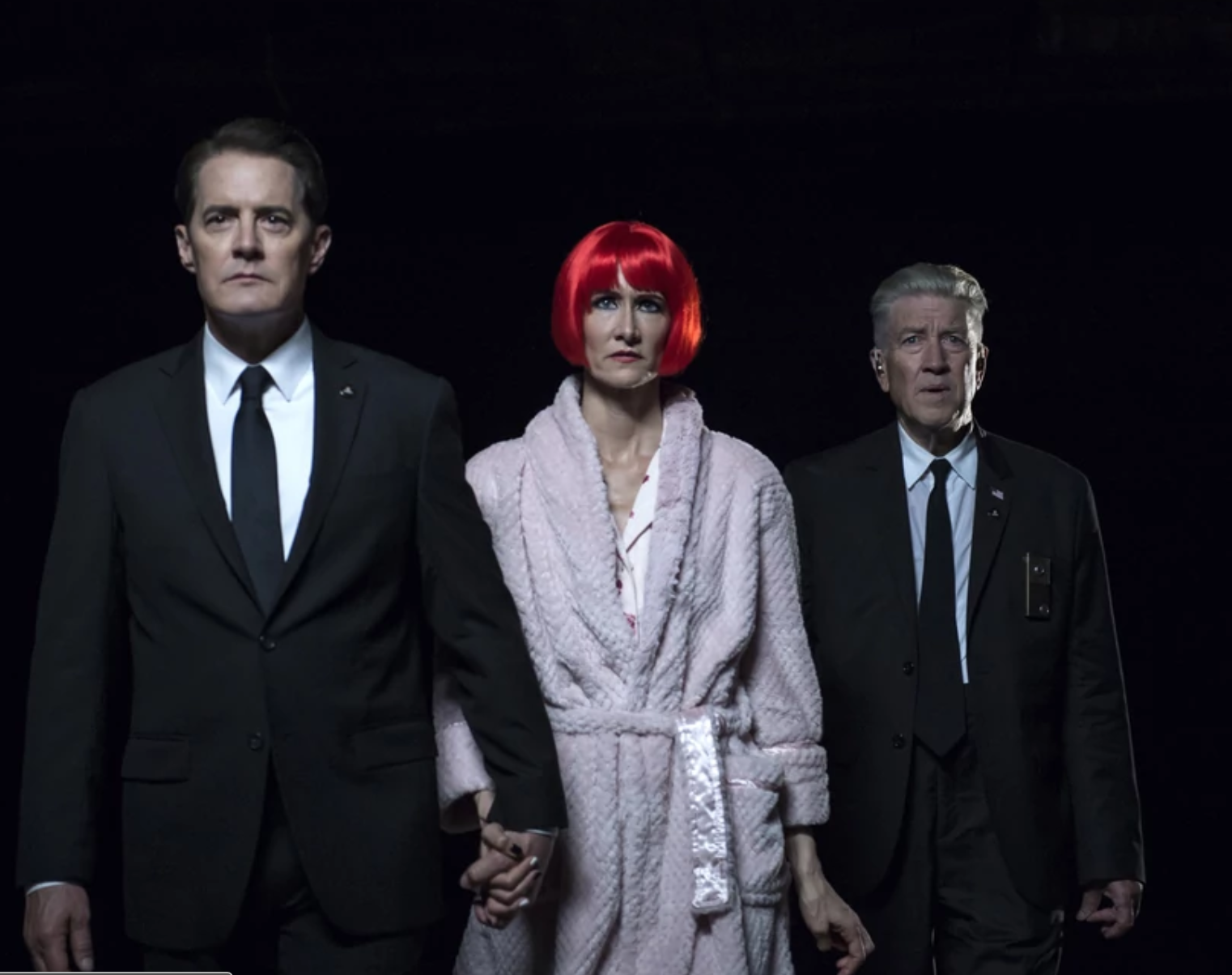
Season 3: Part 17
It all comes down to this… Supposedly. The “final” confrontation with BOB and then Cooper somehow rewrites history? The third season is far more unclear about the mythology than the original seasons ever were so it’s incredibly hard to say. Still, Cooper messing with time does have some precedent. In Fire Walk With Me (which of course is important to the mythology but this is a list for episodes that are important) Annie was able to communicate with Laura in the past.
So does that mean time was already changed? Is there a version of the timeline where Laura didn’t write that the Good Dale was in the lodge? Does her saying that actually erase Annie from ever having entered?
What about Cooper changing the timeline so Laura was never murdered? Is that the best thing for the universe? How was he able to do this? Did he enter back into the lodge? Did he ever leave?
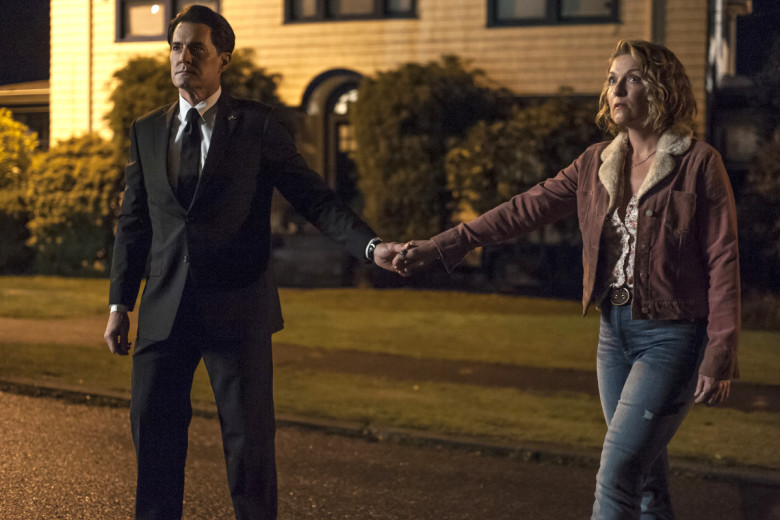
Season 3: Part 18
Some fans have speculated that the whole new season is an alternate universe from the original series, which would explain why certain huge plot points like Annie are hardly mentioned. Whatever the case may be, there’s no denying that time was changed here. Laura is no longer Laura. She’s someone else. Did Cooper do the right thing? Is BOB still present in this timeline? Does Cooper have his Lodge powers?
It’s all very unclear. The third season barely answered any questions and blew open the whole mythology of the series.
Extra: The European Pilot
While the final section of this alternate cut of the pilot isn’t canon to the series, it did help introduce many of the core elements that made up its mythology. BOB, Mike, the Red Room, and the Man From Another Place. One could argue that the series then worked backward from these disparate images, attempting to assign meaning to them.
It’s fun to watch this alternate ending and see just how Twin Peaks mythology evolved from it.
Twin Peaks mythology is not an easy one to pin down. While other sci-fi fantasy series have ridged guidelines for how the supernatural works, Twin Peaks leaves it up to the audience. It seemed as if the writers of the original seasons were starting to work out some rules for how these forces of good and evil worked but the final episode offered some alternate theories.
Season three blew it all out of the water. What does it all mean now? Hard to say but there’s a ton to work with.
The episodes I’ve listed here are only the big pieces of the mythology. If you carefully watch the whole series, smaller pieces will reveal themselves. It’s one of the reasons Twin Peaks work even better on rewatch, when you can notice those little details. Once you’re familiar with the series you can also start to dig into the considerable amount of work dedicated to deciphering the mythology. Hopefully this list will help you get started.
Big thanks to In Twin Peaks for their screencap archive of the series.
Shamus Kelley will see you under the sycamore trees. Follow him on Twitter!
